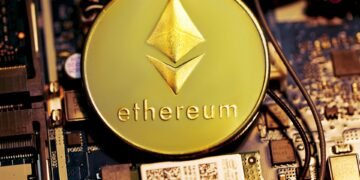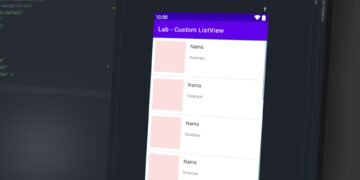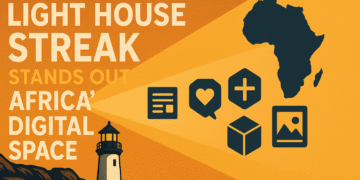The Essence of Imagination in Learning
Imagination serves as a pivotal element in the educational journey, profoundly influencing how students engage with complex concepts and ideas. By tapping into the resources of creativity and innovation, individuals enhance their problem-solving skills, enabling them to navigate the intricacies of academic challenges. This connection between imagination and learning fosters an environment where curiosity thrives, leading to a more enjoyable educational experience.
Furthermore, promoting imaginative thinking is essential in cultivating critical analysis and creative expression among students. When educators foster an atmosphere that encourages such creative thinking, students become more invested in their learning process. Various teaching strategies, including project-based learning, arts integration, and inquiry-based approaches, can effectively nurture imaginative thought. These methodologies not only stimulate interest but also provide practical applications for abstract ideas, allowing learners to see the relevance of their studies in real-world contexts.
One example of an activity designed to inspire imagination could involve collaborative storytelling, where students build upon each other’s ideas to create a unique narrative. This not only enhances their creative skills but also develops teamwork and communication abilities, fundamental for their future success. Another approach could be the incorporation of visual arts into the curriculum, allowing students to represent concepts through drawing or painting, thus deepening their comprehension of the subject matter.
In conclusion, the essence of imagination in learning cannot be overstated. By nurturing creativity and implementing effective teaching strategies, educators can create a more engaging and meaningful learning experience for students. This focus on imaginative education ultimately empowers learners, equipping them with the skills necessary to excel in an ever-evolving world.
Curiosity as a Catalyst for Knowledge
Curiosity is widely recognized as a fundamental catalyst for knowledge acquisition. It serves as the driving force behind the desire to explore, inquire, and understand the world. When individuals are curious, they are more inclined to ask questions and seek answers. This natural inclination towards questioning stimulates the learning process, fostering an environment where knowledge can flourish. A curious mindset not only drives learners to seek information, but it also encourages them to challenge assumptions and engage critically with content, thereby deepening their understanding.
One effective method to nurture curiosity in learners is through project-based learning. This approach allows learners to engage in hands-on activities that require them to formulate questions and seek solutions. By working on real-world problems, learners become active participants in their educational journey. They develop skills such as critical thinking and problem-solving, which are essential for further inquiry and knowledge acquisition. Additionally, this method reinforces the idea that learning is a continuous process that transcends traditional classroom boundaries.
Interactive discussions are another powerful technique to enhance curiosity. By fostering a dialogue among peers, educators can create a dynamic atmosphere where diverse perspectives encourage deeper inquiry. Such interactions not only validate learners’ questions but also promote a collaborative learning environment. When individuals feel heard and respected, they are more likely to express their curiosity. This communal exploration often leads to richer conversations, inspiring participants to delve into topics they might not have considered initially.
In cultivating an atmosphere that prioritizes curiosity, educators play a crucial role in inspiring life-long learners. By implementing strategies that stimulate inquiry, such as project-based learning and interactive discussions, curiosity can be transformed into a powerful conduit for knowledge, ultimately leading to enhanced learning experiences and profound knowledge acquisition.













































